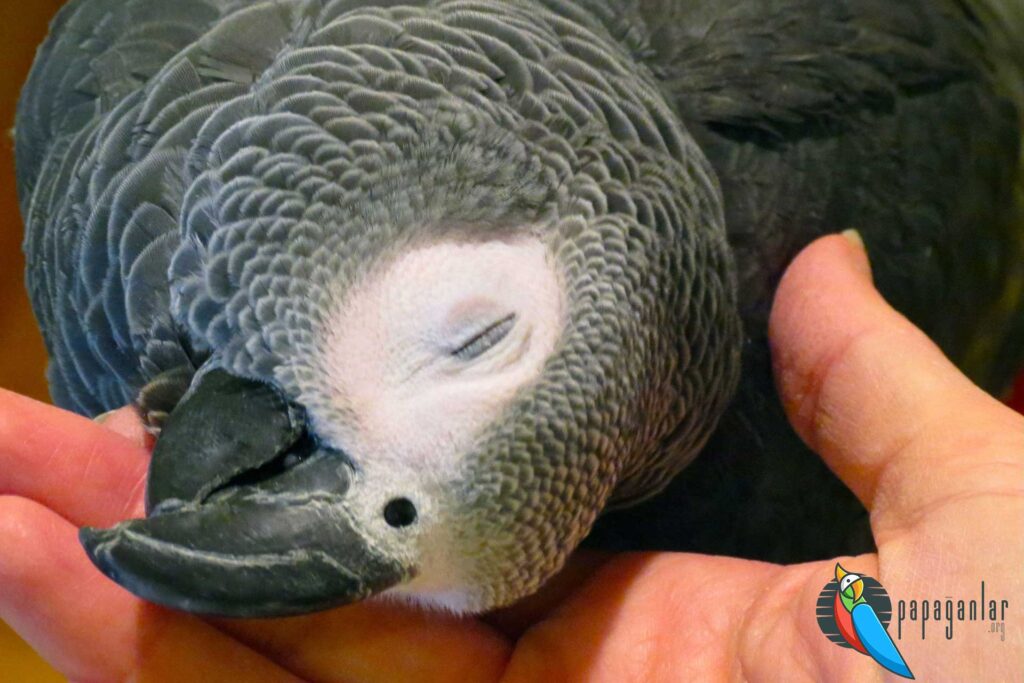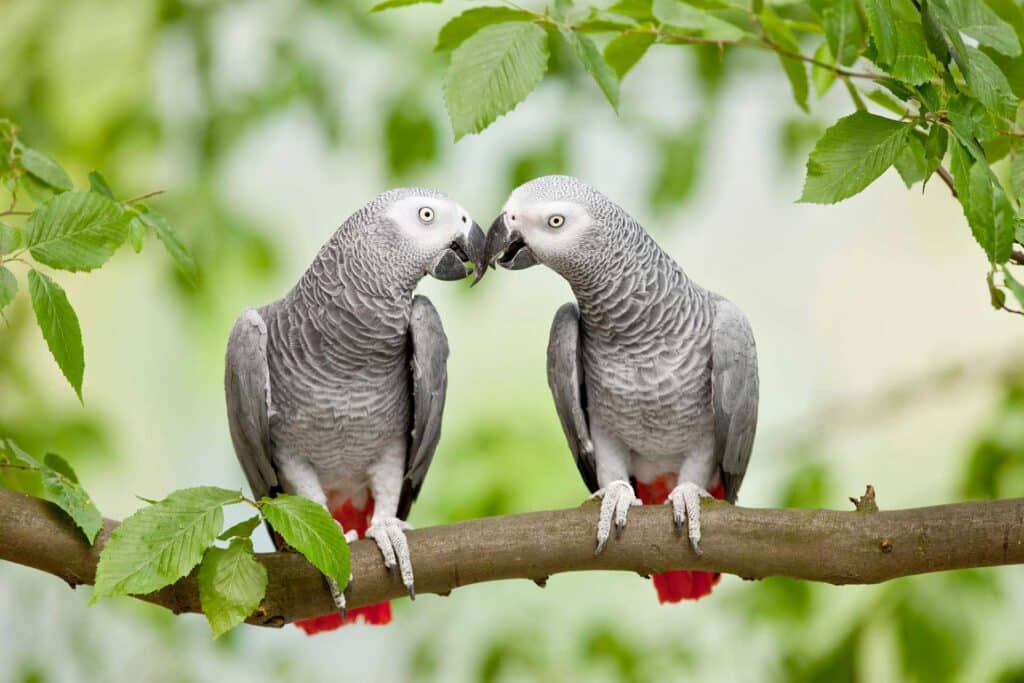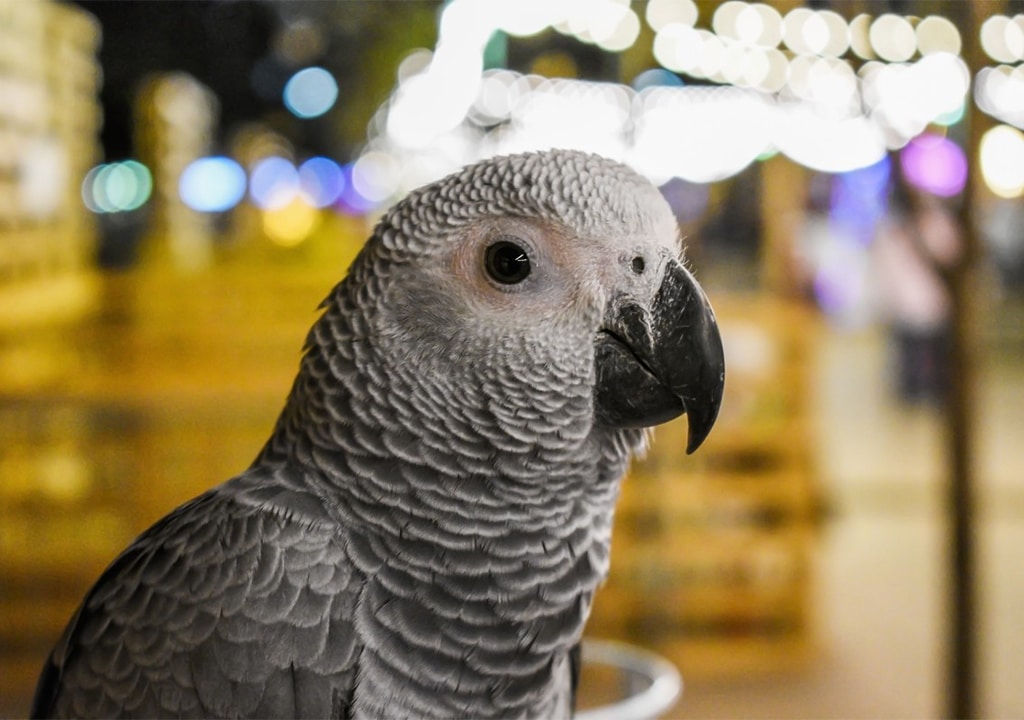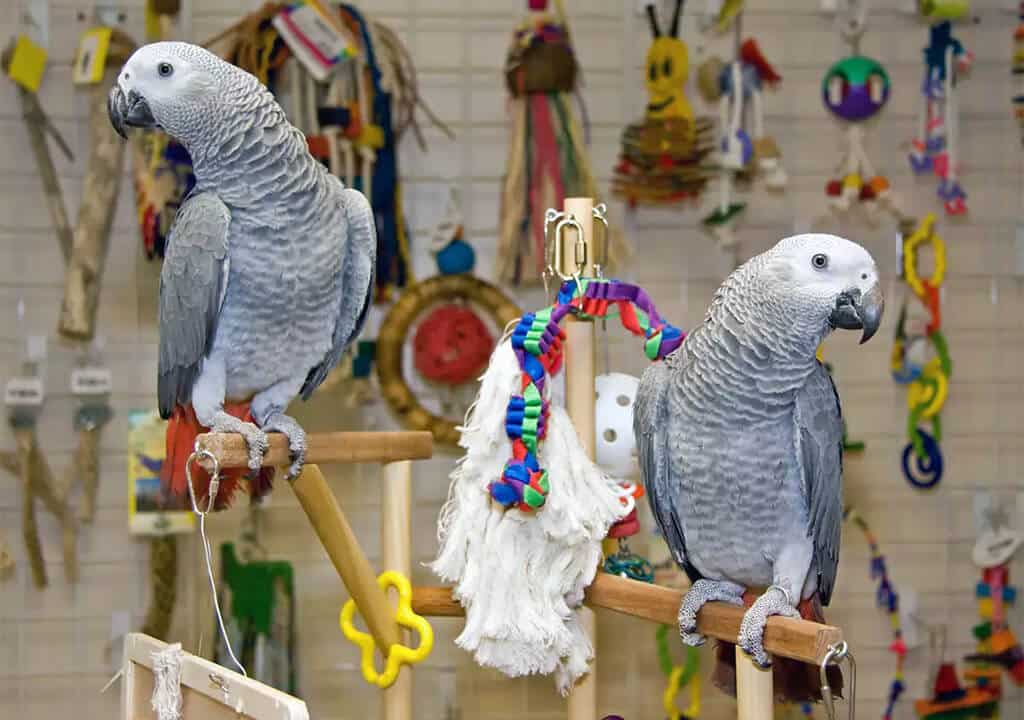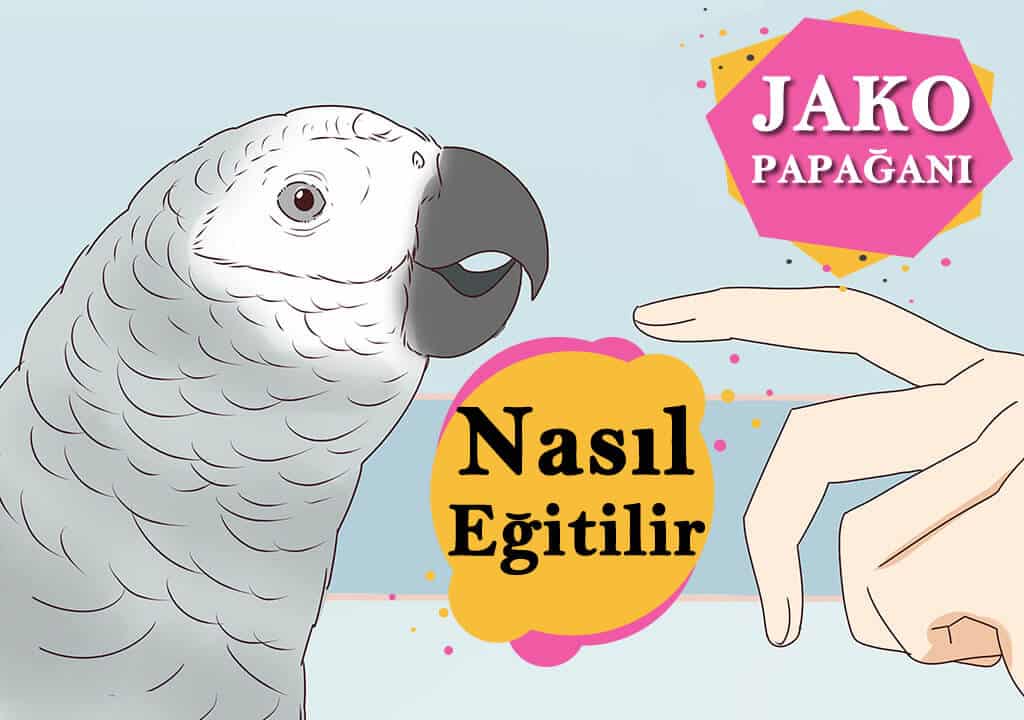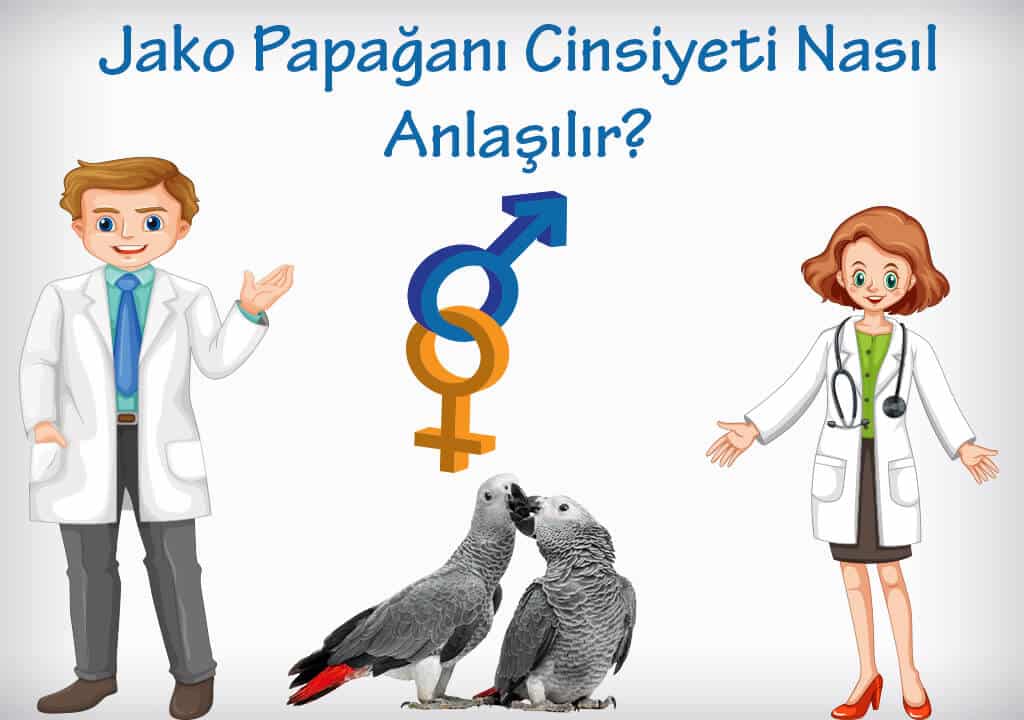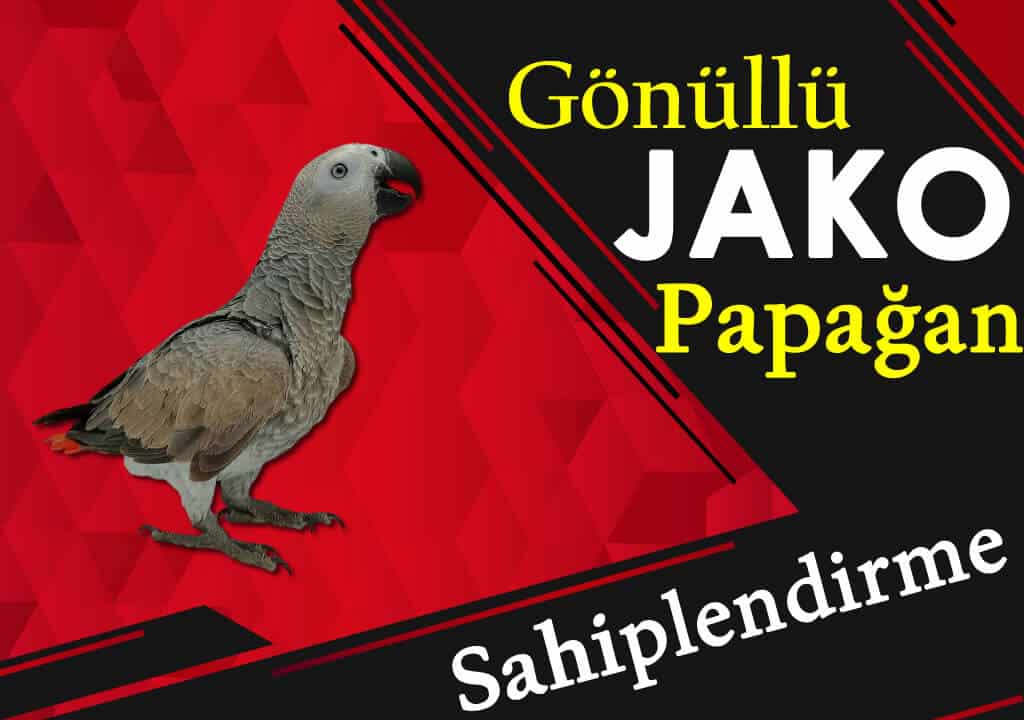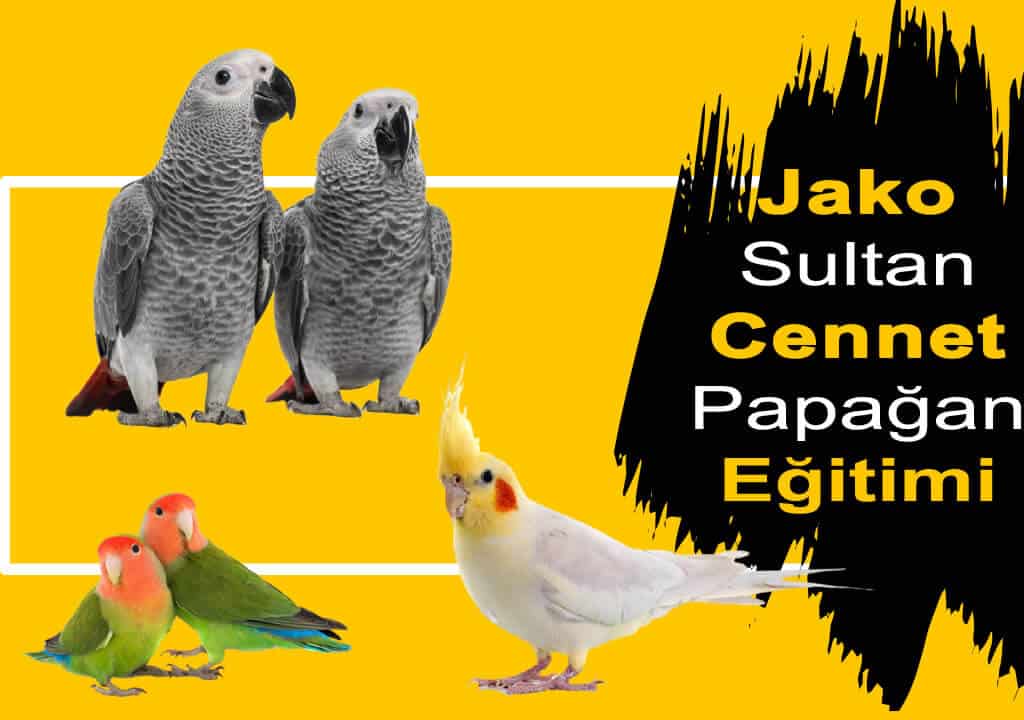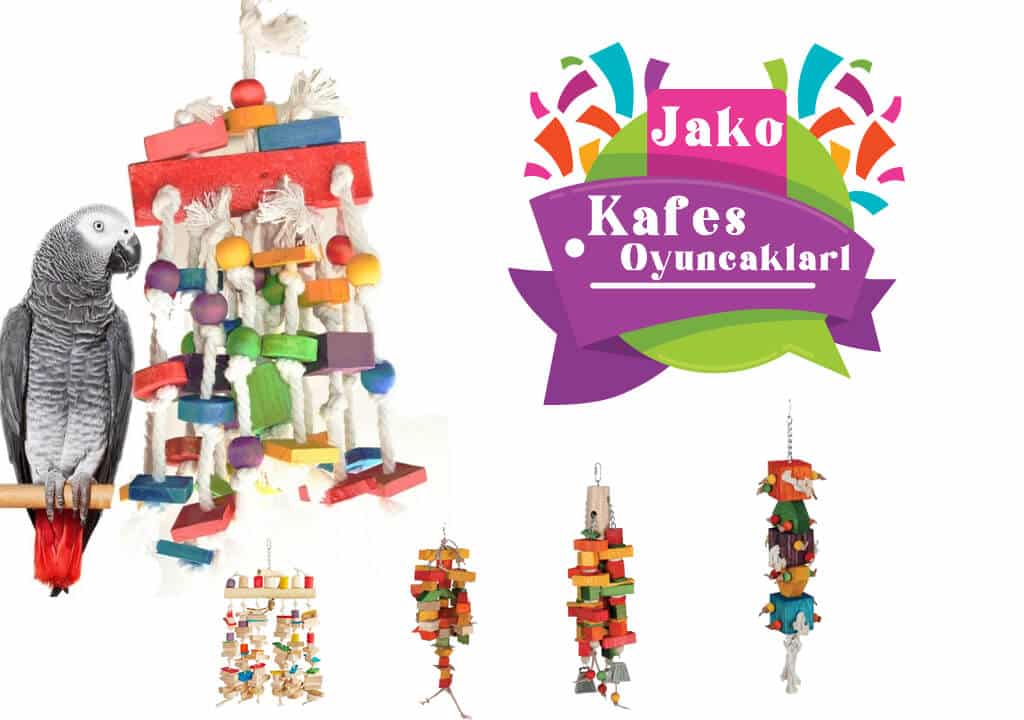Blog
Developmental Periods of Grey Parrots
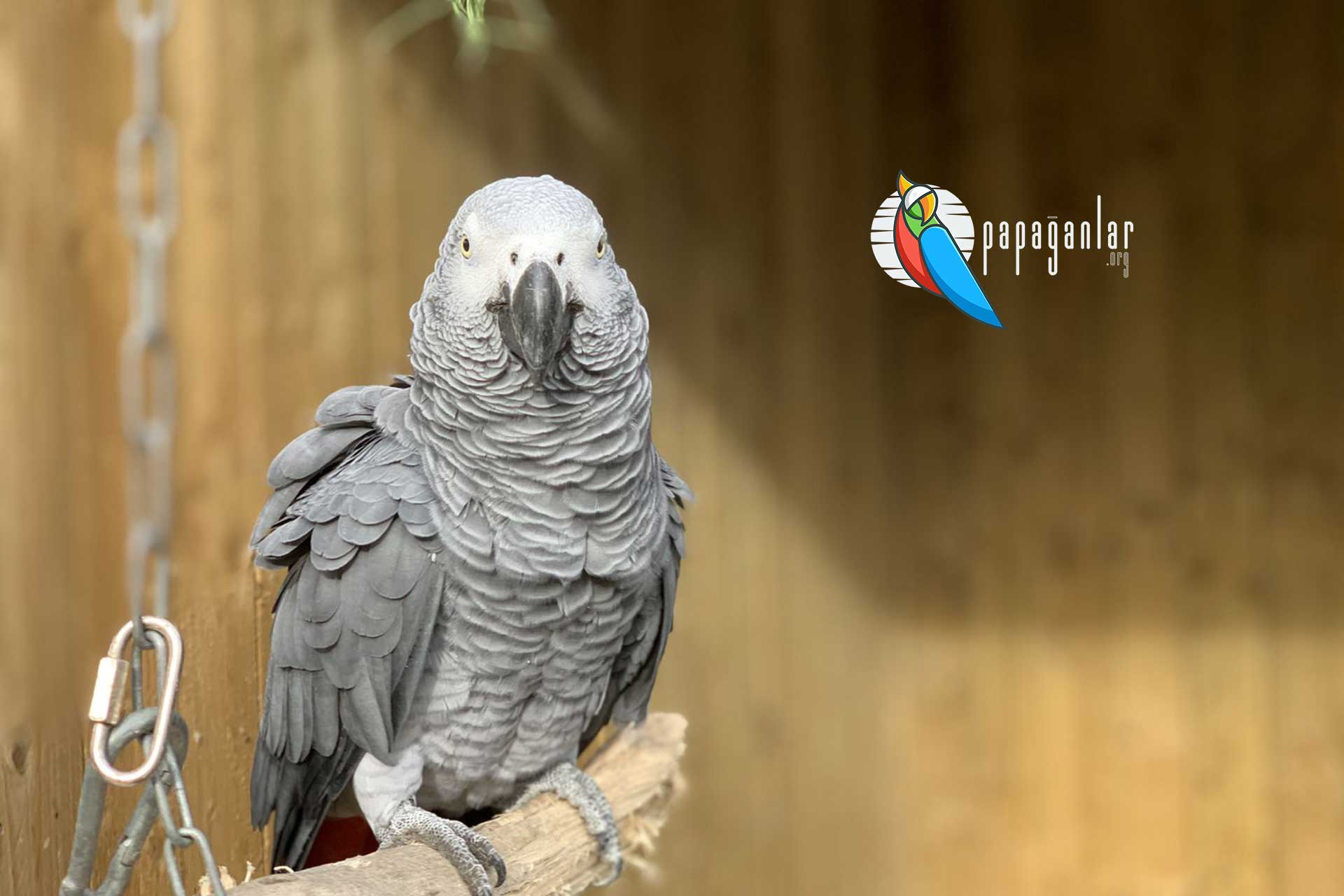
1. Neonatal period (0-3 months): The period from hatching to leaving the nest
covers.
2. Neofital period (3-6 months): Can now spend time outside the nest. By keeping them with their peers, social relations are improved. They can play with toys. Various foods are introduced.
3. Fledgling period (6-12 months): This is the period before adolescence. Flying: must be allowed to learn. The physical development of the wings and the techniques of descending and ascending develop during this period. They learn to trust themselves as individuals. Thus, the foundations of the social relationship with people are laid.
4. Adolescence (1-4 years): This is the period of youth. Learn and carry out simple commands. It is normal for him to show unruly behavior once in a while.
5. Young adult period (4-10 years): Social development begins during this period. It is the period in which he participates in the competition for social status within the society in the wild life and starts to prove himself to that society. Once hormonal balance is restored, mate-keeping begins and adulthood begins.
6. Adult period (over 10 years old): Social development is complete. During this period, which is influenced by seasonal, hormonal and psychological factors, behavioral disorders are also common.
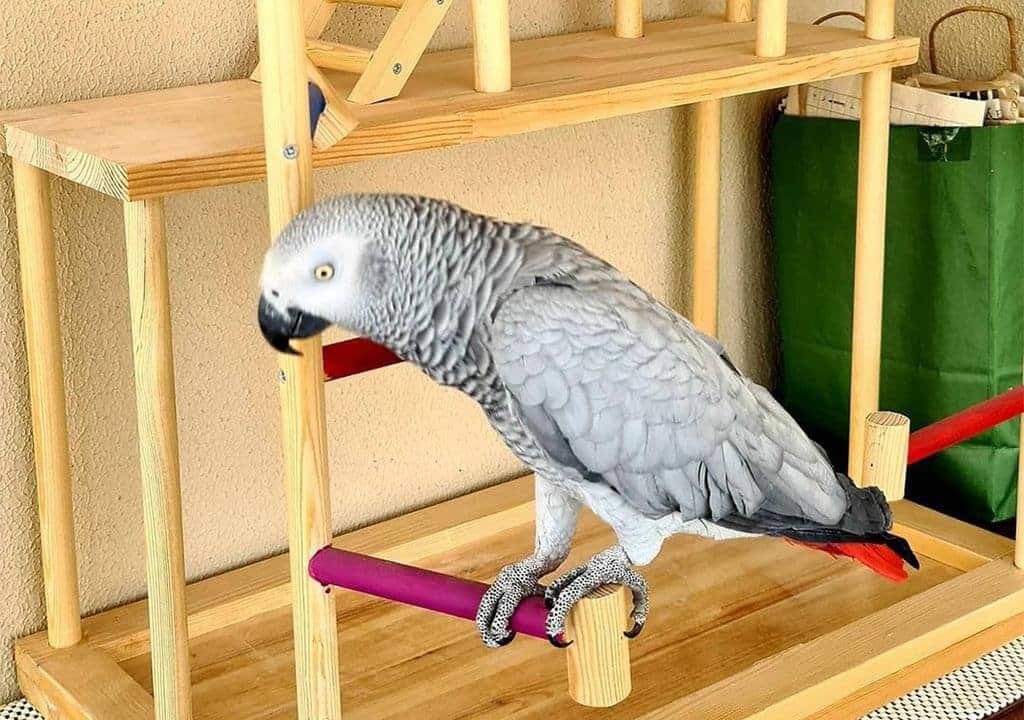
Studies have shown that by the age of 6 months, Amazon parrots are socially adapted and play an active role in their flocks. The situation is different for gray parrots. Gray parrots are raised by their parents until the age of 1 year. Congo species take an active role in flock life and are socially accepted by the other members 1. after mourning. In the Timneh species, it was found that active participation in the herd starts around 6 months of age. This is why the Timneh species socializes, starts talking and can form simple sentences 6 months earlier than the Congo species. The more harmonious and calm nature of the Timneh species is also attributed to this feature. The Congo species is more dependent on its family.
According to the Timneh species, it needs its parents for another 6 months for nutrition and training.
Even though grey parrots are domesticated, they are normally wild animals and can sometimes act on instinct. Unexpected movements can be explained by this situation.
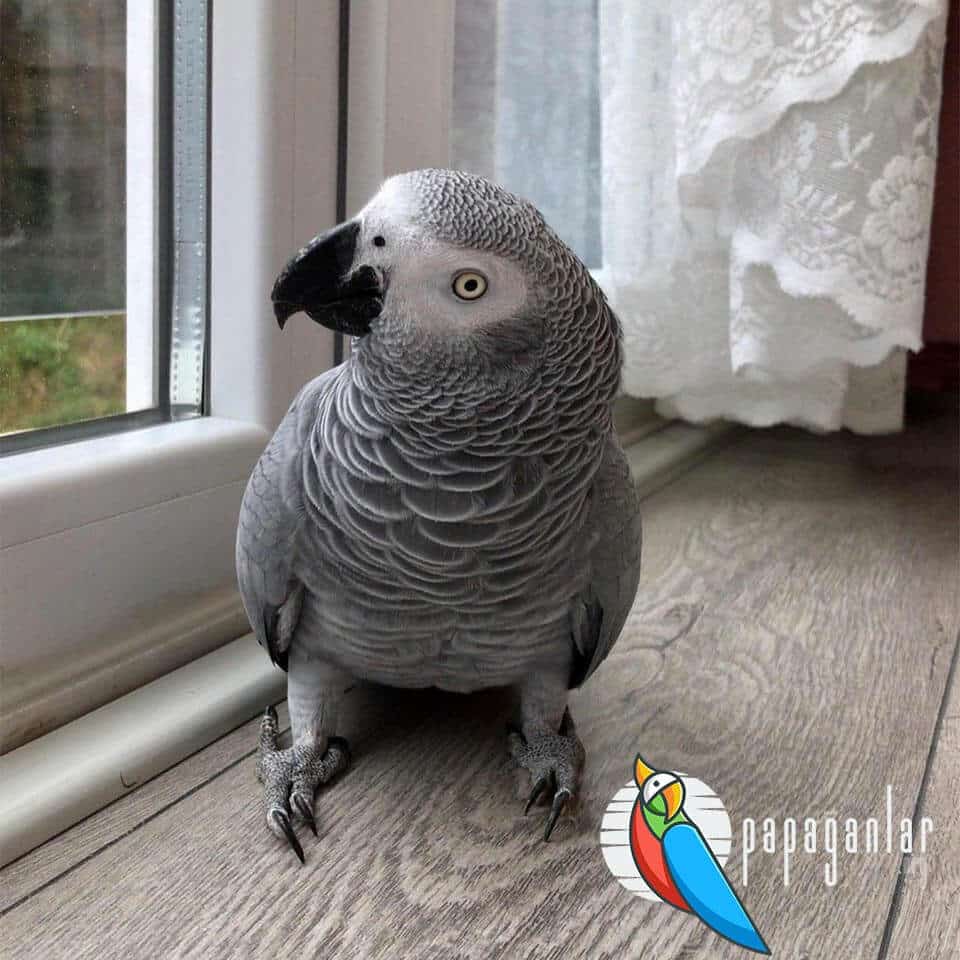
Contact is at the heart of social relationships. This connection is achieved through the understanding of body language, the evaluation of the sounds made by the parrot, and the verbal communication that is established over time as the parrot begins to speak. As in humans, the progression of socialization is linked to physical age. Since socialization begins in Amazon parrots and Timneh grey parrots from 6 months of age, these parrots can start talking and form their first simple sentences from 6 months of age. For Congos, this process starts around 1 year of age.
Parrots captured in their homeland first have their wings clipped. Parrots, which are prey animals in nature, are thus deprived of their most important weapon in case of danger: the ability to escape. Parrots become skittish when they perceive their surroundings as frightening. Because of their short wings, they cannot perch and stand at the bottom of the cage. This has a negative impact on the psychology of the norm. If they fail to develop their social level over time, they will resort to instinct to distinguish between friend and foe.
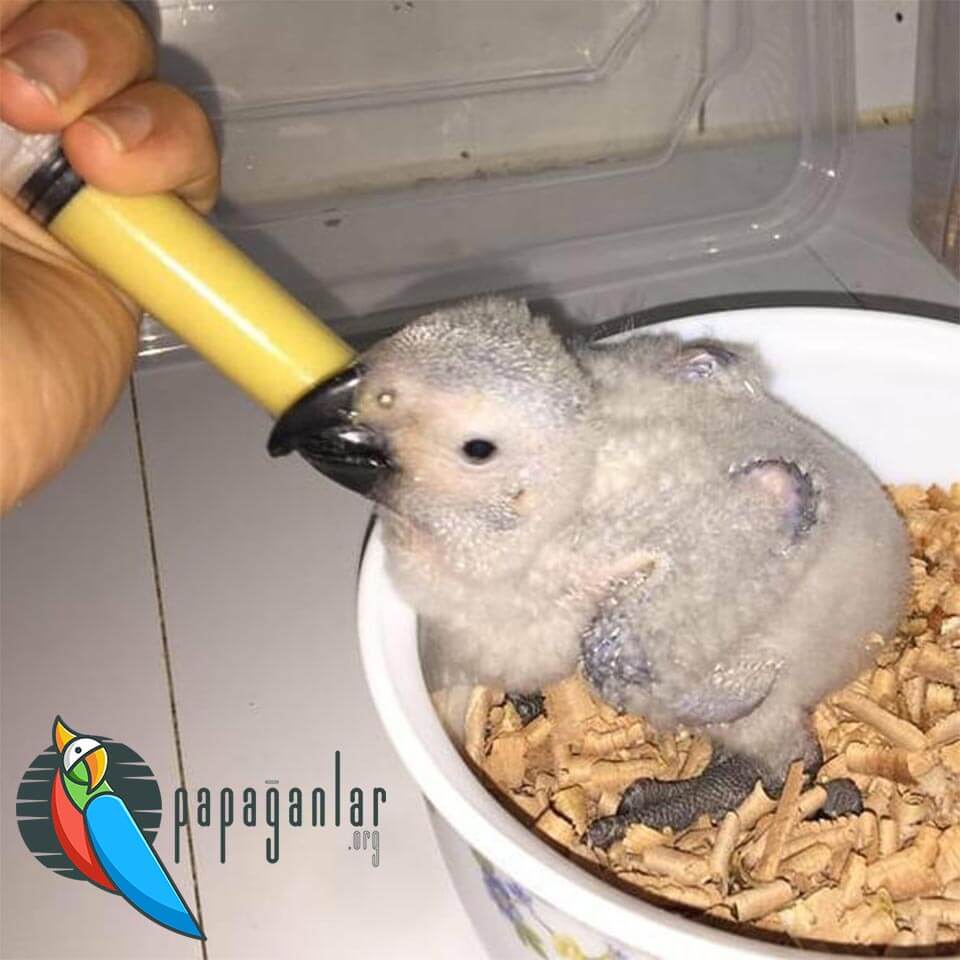
PARROTS’ INTELLECTUAL LEVEL AND SOCIAL RELATIONSHIPS
Gray parrots in particular are highly valued for their high intellectual level, thinking skills, sensitive approach, successful speech and imitation skills. Their intellectual capacity is at the level of a 5-year-old child and their mental development is at the level of a 2-year-old child. They think constantly and are aware of what is happening around them. Your emotions in the face of events. They have expressive properties. They attach themselves wholeheartedly to those to whom they receive sufficient attention and care, and become close friends with them.
There are no genetic differences in personality traits between gray parrot species. Neither species has any advantage over the other in terms of domestication. However, behavioral problems are more common in Congo than in Timneh. The Timneh species has a calmer nature than the other. The many problems these creatures face from the moment they are captured until they reach you can cause some psychological problems. This fact is at the root of the behavioral problems that will be described in detail later.
Just as there is a process of physical and psychological development in human life, from infancy to adulthood and beyond, it is thought that long-lived parrots go through similar developmental processes. The age of the parrot you buy, the positive and negative events it has experienced until this period, form the basis of the period it will spend with you.

The Congo variety is more likely to face some difficulties than the Timneh variety.
Gray parrots live in flocks in the wild. As a social convention, they too have a subordinate-superior distribution within the herd. Since young and adult parrots have different life experiences, there is some correlation between the age at which they are captured and caged and the problems encountered in training.
Young gray parrots learn from their parents how to distinguish between friend and foe, how to search for food, how to trim their feathers correctly, how to choose a mate, and how to resolve political issues within the flock. It reaches a certain intellectual level by combining the knowledge acquired as a result of this education with the knowledge that is innate due to its genetic characteristics.
A parrot caught at a young age has received a family education within the flock. They know the difference between good and bad, friend and foe. It has reached a certain level in its relationship with the other members of the herd and is more moderate. When a parrot is captured as an adult and kept in a cage environment, it is not easy for it to accept the radical changes in its life. The negative events he experiences during the capture and transportation process lead him to perceive people as enemies. Behavioral problems are more common. Hand-raised parrots, born in a cage environment, do not receive adequate flock and family training.
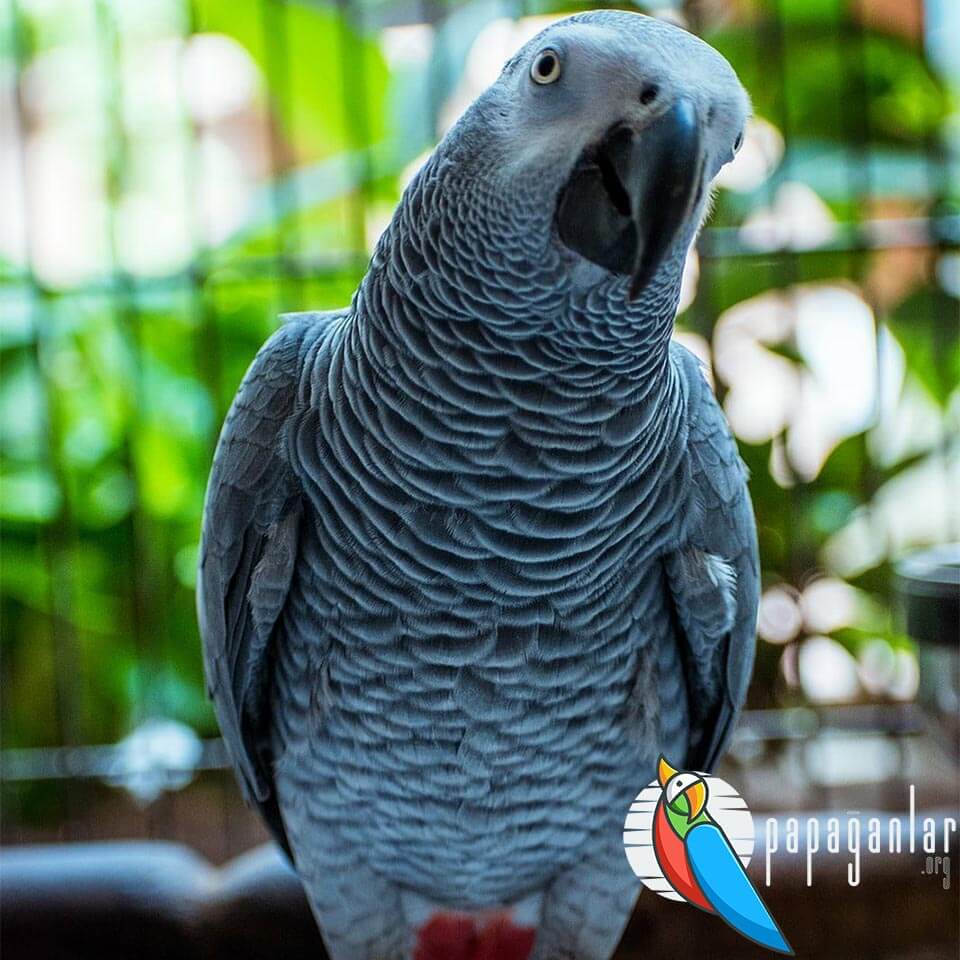
Their social relationships remain very weak. The human hand trims their feathers instead of their parents. It feeds not on food brought by family members with their beaks, but on food prepared by human beings. They accept other pets such as cats and dogs as members of the family. The people who give him food and affection are also members of his family. He is easily confused by events and does not know how to act. Instinctive behavior and poor socialization as a result of inadequate education received from human beings relative to their own parents can lead to personality changes and abnormal psychological behavior as they grow older. There is a possibility that over time it may become a neurotic parrot.




